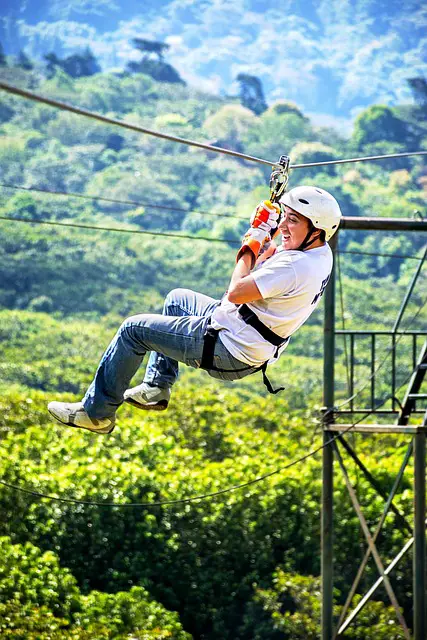Skydiving, a sport that epitomizes the human desire for adventure and thrill, requires utmost attention to safety. Among the critical components of safety gear, the skydiving helmet plays an invaluable role. Offering protection and contributing to aerodynamic efficiency, a skydiving helmet is an indispensable piece of equipment every jumper should meticulously choose. But how do you know which helmet is right for you? This guide will walk you through everything you need to make that decision confidently.

What Makes a Skydiving Helmet Unique?
Protection and Safety
Skydiving helmets are designed to offer maximum protection with a lightweight build. With the primary goal of safeguarding the head during both freefall and landing, these helmets are constructed from high-quality materials, such as carbon fiber and Kevlar. These materials ensure the helmet can absorb impact while remaining lightweight enough not to hinder the jumper’s performance.
Aerodynamics
Unlike regular helmets, skydiving helmets are crafted to reduce air resistance. The streamlined design ensures that jumpers can achieve optimal speeds and maintain control during freefall. Features such as smooth exterior surfaces and minimal protrusions contribute to their aerodynamic efficiency.
Visibility and Communication
Skydiving helmets often come equipped with integrated visors or goggles that offer a clear view while protecting the eyes from wind and debris. In addition, many advanced helmets include communication systems that allow jumpers to stay in contact with each other and the ground team, enhancing both the safety and the experience of the jump.
Types of Skydiving Helmets
Open Face Helmets
Open face helmets are ideal for those who prioritize visibility and breathability. These helmets cover the top and sides of the head but leave the face exposed. They are particularly popular among beginners and tandem jumpers, as they provide a sense of openness and allow for easier communication.
Full Face Helmets
Full face helmets offer comprehensive protection and are often preferred by experienced jumpers and competitors. These helmets cover the entire head, including the face, providing greater protection against the wind and potential impacts. Many full face helmets also feature built-in visors and advanced communication systems.
Camera Helmets
For those looking to document their jumps, camera helmets are the go-to option. These helmets are designed with mounts that can securely hold action cameras, such as GoPros. They allow for an immersive recording of the entire jump experience, from the exit to the landing.
Key Features to Look For in a Skydiving Helmet
Fit and Comfort
A well-fitting helmet is crucial for both safety and performance. The helmet should be snug but not overly tight, allowing for full head movement without causing discomfort. Many helmets come with adjustable padding and straps to ensure a custom fit.
Ventilation
Adequate ventilation is essential, especially during warmer weather or long skydiving sessions. Look for helmets with strategically placed vents that allow for airflow without compromising protection.
Weight
The weight of the helmet can significantly impact your performance. A lighter helmet reduces fatigue and allows for better maneuverability during freefall. However, ensure that the reduction in weight does not compromise the helmet’s protective capabilities.
Certification
Always check for safety certifications when choosing a skydiving helmet. Certifications from governing bodies, such as the United States Parachute Association (USPA) or the Federal Aviation Administration (FAA), indicate that the helmet meets rigorous safety standards.
How to Maintain Your Skydiving Helmet
Cleaning
Regular cleaning will extend the life of your helmet and ensure it remains functional. Use a mild soap and water solution to clean the exterior. Avoid harsh chemicals that could degrade the materials. For the interior, remove the padding and wash it separately if possible.
Inspection
Regularly inspect your helmet for any signs of damage or wear. Look for cracks, dents, or weakened straps, and replace any components as necessary. Regular inspection can prevent small issues from becoming safety hazards.
Why Investing in a Quality Skydiving Helmet Matters
Your skydiving helmet is a vital piece of equipment that can make the difference between a safe, enjoyable jump and a potentially dangerous situation. Investing in a high-quality helmet ensures that you are protected to the fullest extent while enhancing your overall skydiving experience. With the right helmet, you can focus on the exhilaration of the jump, knowing that your head is well-protected.
In conclusion, a skydiving helmet is more than just a safety tool; it’s an integral part of your skydiving journey. By understanding the different types of helmets, the key features to look for, and the importance of proper maintenance, you can make an informed decision that will keep you safe and enhance your skydiving adventures. So, strap on your helmet, leap into the sky, and enjoy the unparalleled thrill of skydiving!



